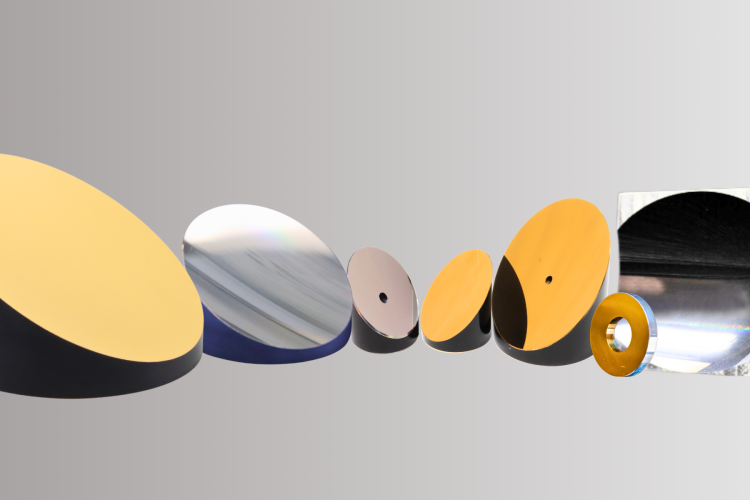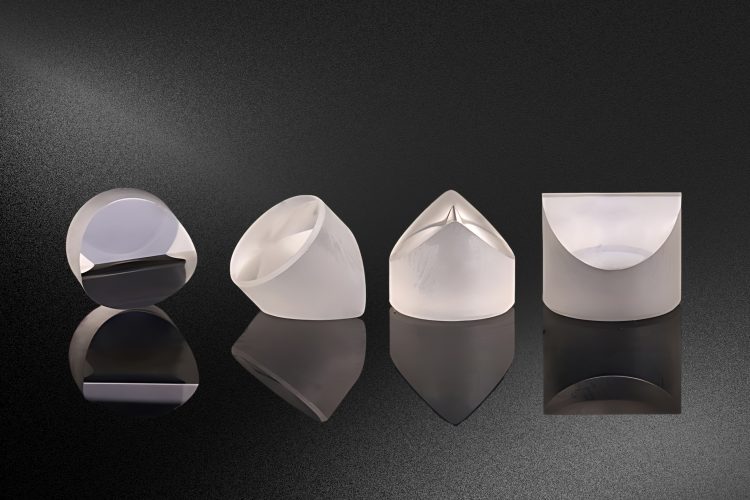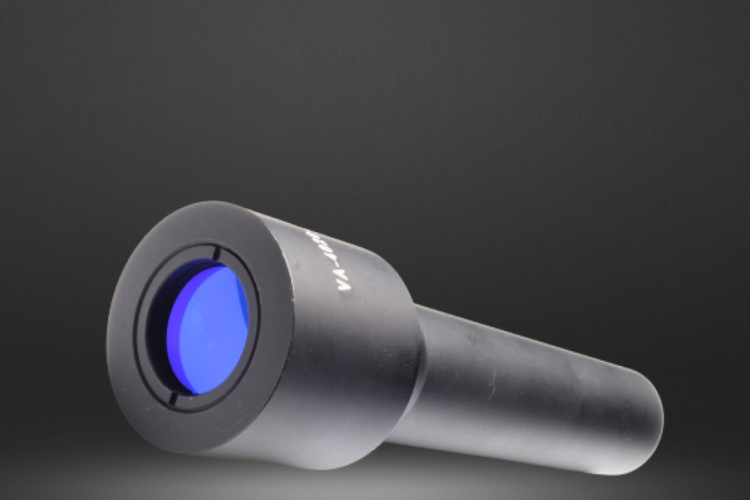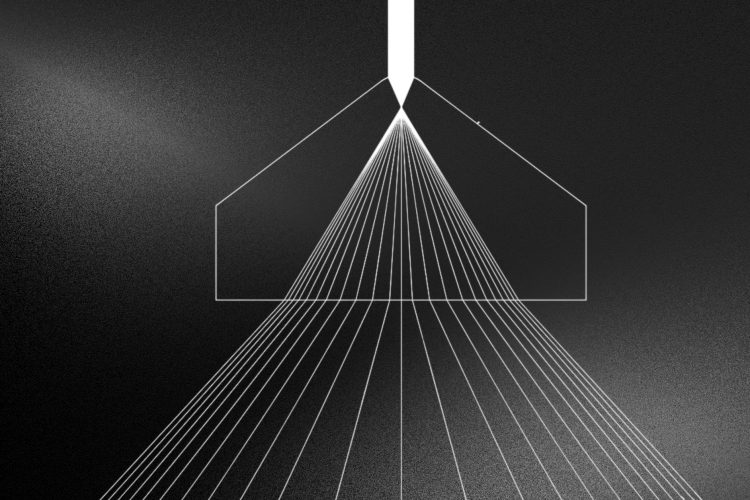Key Takeaways: Overconfidence in idealized models can lead to disappointing real-world results in optical systems. While these models provide valuable insights, they assume perfect conditions that don’t exist in practice. Aberrations, distortions, and the diffraction limit are unavoidable factors that impact system performance. To ensure your designs meet real-world expectations, account for these deviations early […]
Blog
Avantier Inc.











